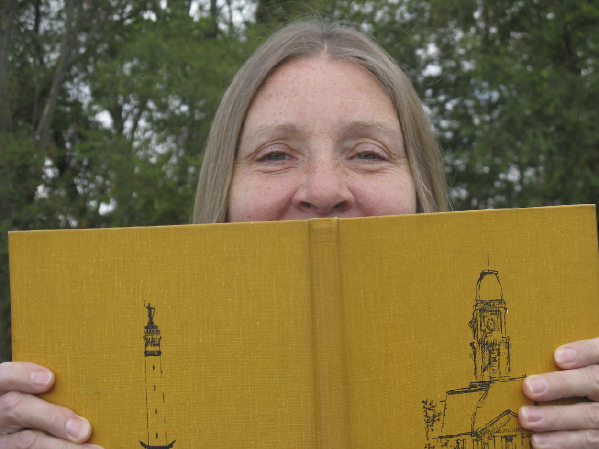The Horse (and Mule) Whisperer

You may have noticed I’ve used this column in the past to fill in some of the local minority history (African American, Jewish and Chinese) that’s missing from the county history books.
I would have liked to have covered some Hispanic or Latino history as well, but the truth is, Hispanics and Latinos haven’t had a significant presence in Hamilton County until the last 20 to 30 years. I can remember only one family in Noblesville with a Hispanic or Latino background while I was growing up.
(The terms “Hispanic” and “Latino” are often used interchangeably, but they’re not the same thing. Basically, “Hispanic” refers to Spanish-speaking people. A “Latino” is any individual from Latin America, including Brazilians whose native tongue is Portuguese.)
I haven’t run across evidence of any Hispanics or Latinos living here during Hamilton County’s earliest years, but that doesn’t mean the county didn’t see some Hispanic or Latino visitors.
One hundred forty-five years ago this week, the June 1, 1877 Noblesville Ledger reported that Noblesville was being well entertained by the “dextrous manipulations” of a young Mexican the newspaper referred to as “Mexican John” or “John the Mexican.”
John demonstrated an impressive expertise with a lasso, roping dogs and tripping up boys from as far away as 40 or 50 feet, but it was his skill in riding and training horses, mules and donkeys, that really left an impression on the local population.
Earlier in the week, the young man had convinced a butcher’s “stubborn” horse to not only tolerate carrying him on its back, but also to follow him around the city’s streets.
Upon hearing about that, farmer Dave Brock announced that one of the mules that had pulled his wagon to town that day refused to allow anyone to ride him. Brock, no mean rider himself, let it be known the mule had thrown him “higher than a kite.”
Smiling, the Mexican confidently stated that for $5 he would ride anybody’s mule, including Brock’s.
Brock wasn’t inclined to chance losing more than one dollar, so a collection was taken up by the crowd of spectators. Although they only managed to scrape together $3, John agreed to accept the challenge.
The mule was unhitched and saddled, and a group of around 200 people trooped up to an area near the old fairgrounds to watch the show. (Today, that’s the land between North Elementary and White River.)
The Mexican mounted the mule and immediately the animal began to buck, rear and do everything possible to dislodge his laughing rider, but ten minutes later, onlookers were amazed to see the mule calm down and trot off “as gently as a cow.”
John dismounted and collected his $3, but the crowd wasn’t ready to let him go, insisting that he ride the mule again to prove his feat wasn’t a fluke.
It wasn’t.
This time the Mexican rode about 100 yards, then reversed direction and headed straight for the crowd before pulling the mule to a halt “as orderly as possible.”
A couple of weeks later, the Ledger reported John had tamed yet another obstinate mule, one with a reputation for tossing riders over his head — especially if the rider carried anything that made a noise.
John earned the whopping sum of $2.25 for sticking in the mule’s saddle for 15 minutes while he jangled some sleigh bells and dug his spurs into the animal’s sides.
I wasn’t able to learn what had brought the Mexican to Noblesville in the first place, or where he went after he left, but the last mention of him in the Ledger indicated he intended to travel to Anderson to tame all THEIR “unmanageable” colts, mules, and donkeys.
– Paula Dunn’s From Time to Thyme column appears on Wednesdays in The Times. Contact her at younggardenerfriend@gmail.com
